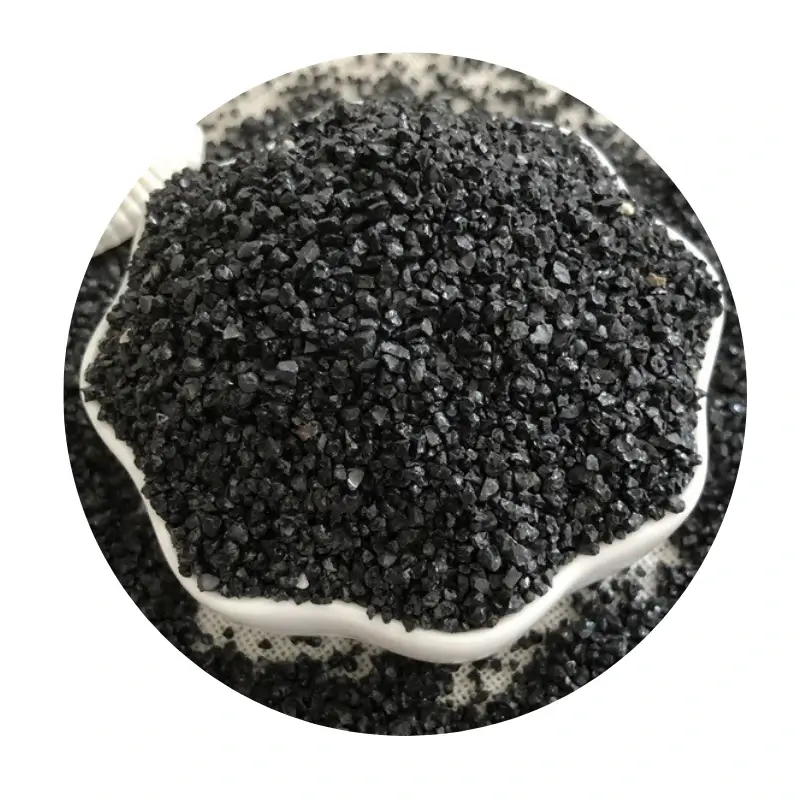
coal ash fly ash
Understanding Coal Ash and Fly Ash Their Importance and Impact
Coal ash is a byproduct of the combustion of coal in power plants, and it comprises several materials, including bottom ash, boiler slag, and fly ash. Among these, fly ash is the most prevalent, accounting for roughly 70% of the total coal ash produced. As energy demands continue to rise, the generation of coal ash poses both opportunities and challenges for environmental sustainability.
Understanding Coal Ash and Fly Ash Their Importance and Impact
The utilization of fly ash in construction materials offers several benefits. Firstly, it enhances the durability and workability of concrete, leading to structures that can withstand harsher conditions. The incorporation of fly ash also reduces the amount of Portland cement required, resulting in lower carbon emissions associated with cement production. This dual benefit of improving concrete performance while promoting environmental sustainability has led many construction industries to adopt fly ash as a key ingredient in their products.
coal ash fly ash

Moreover, the use of fly ash can significantly decrease landfill usage. With millions of tons of coal ash generated annually, finding sustainable disposal methods is crucial. By recycling fly ash into concrete and other construction applications, we can reduce the environmental footprint of coal ash disposal. This not only mitigates the risk of soil and water contamination but also conserves natural resources by substituting the need for virgin materials in concrete production.
However, the management of coal ash, particularly in terms of potential toxicity, has raised concerns. Fly ash contains trace amounts of heavy metals, such as arsenic, lead, and mercury, which can pose health risks if not managed properly. The U.S. Environmental Protection Agency (EPA) has developed regulations regarding the disposal and storage of coal ash to minimize its impact on human health and the environment. It is essential for industries to comply with these regulations to ensure safe handling and prevent adverse effects.
In conclusion, coal ash, specifically fly ash, represents a significant byproduct of coal energy production with the potential for beneficial reuse. By integrating fly ash into construction practices, we can enhance the performance of materials while addressing the environmental challenges associated with coal ash disposal. Nevertheless, vigilance is required to manage any potential risks, ensuring that the benefits of fly ash utilization are realized without compromising public health and safety. As society continues to advance toward more sustainable energy practices, the role of coal ash and fly ash will remain a critical topic for discussion and innovation within the energy and construction sectors.
Share
-
Premium Pigment Supplier Custom Solutions & Bulk OrdersNewsMay.30,2025
-
Top China Slag Fly Ash Manufacturer OEM Factory SolutionsNewsMay.30,2025
-
Natural Lava Rock & Pumice for Landscaping Durable Volcanic SolutionsNewsMay.30,2025
-
Custom Micro Silica Fume Powder Manufacturers High-Purity SolutionsNewsMay.29,2025
-
Custom Mica Powder Pigment Manufacturers Vibrant Colors & Bulk OrdersNewsMay.29,2025
-
Custom Micro Silica Fume Powder Manufacturers Premium QualityNewsMay.29,2025






